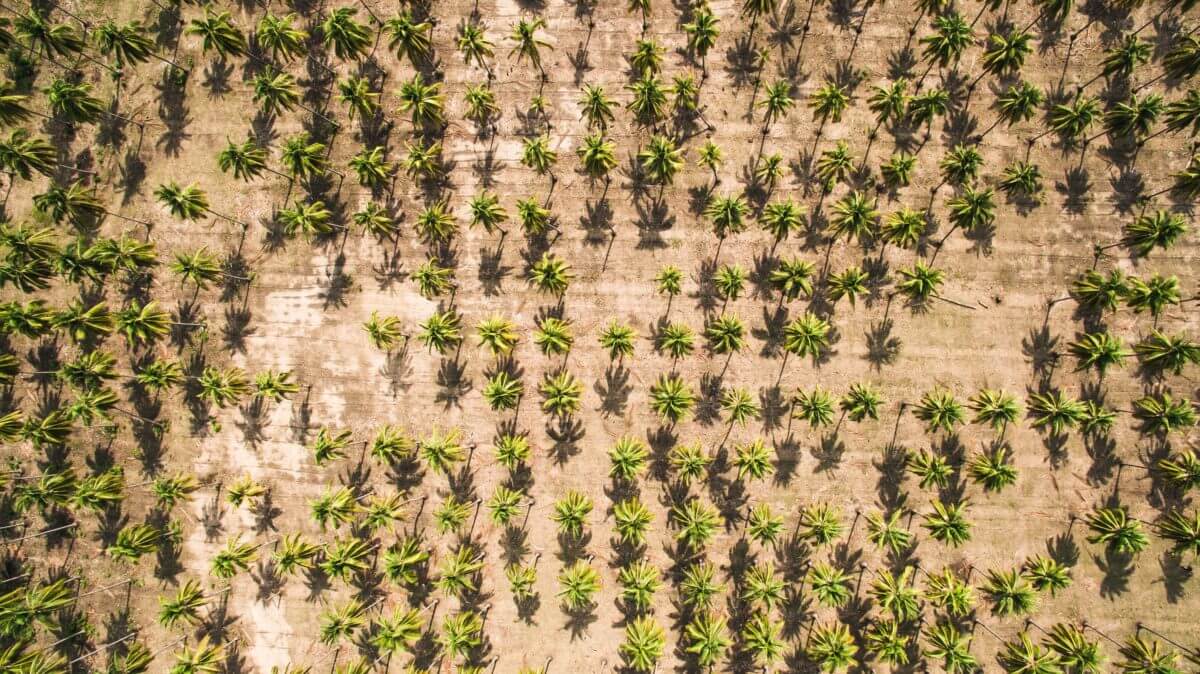
Palm Oil production and deforestation
Deforestation and palm oil output are positively correlated in Indonesia. Also in Malaysia, and New Britain island in the Bismarck archipelago of Papua New Guinea. Western African nations like Cameroon, Nigeria, Gabon, and the DRC are reporting an increase in slash-and-burn land removal.
The harm that expanding palm oil plantations represent to biodiversity in environments with a variety of species. It is the main reason why people should be concerned. The only two orangutan species in existence, Pongo pygmaeus and Pongo albelii, can be found on Indonesian islands in the deep tropical peatland rainforests. Because they are primarily arboreal creatures, orangutans need continuous rainforest sections to maintain stable populations. To say that the plantations have wreaked havoc on Indonesia’s and Malaysia’s biodiversity is an understatement.
Between 1990 and 2010, Malaysia’s total forest area shrunk by about 5 million acres. The map makes this more than plainly obvious. But as the world’s largest producer of palm oil, accounting for an astounding 85% of global production, Malaysia’s economy has benefited to the tune of $2 billion.
palm oil futures drop in response to a new regulation associated with deforestation
Following the European Union’s approval of a new legislation. It is prohibiting businesses from exporting goods associated with deforestation into its market. This is the reason why Malaysian palm oil futures declined on Wednesday.
After increasing by more than 3% the previous day. The benchmark palm oil contract for February delivery on the Bursa Malaysia Derivatives Exchange fell 1.20% to 4,045 ringgit ($918.90) per tonne by lunchtime.
According to a trader in Kuala Lumpur, the decline in prices was brought on by profit-taking since a quick jump in prices was excessive. A late-night EU agreement to reduce its part in deforestation also had an impact on pricing.
However, Malaysian ringgit fell by 0.25%, containing losses on the benchmark after reaching its highest level since early May earlier this week. A weaker ringgit, in which the contract is transacted, would increase foreign currency holders’ interest in the palm oil.
While Dalian’s palm oil contract (DCPv1) rose 0.82%, its most active soyoil contract (DBYv1) was trading 0.22% lower. Soybean oil prices increased 0.19% on the Chicago Board of Trade (BOc2).
As they contend for a piece of the global vegetable oil market. Changes in the prices of related oils effected palm oil . According to Reuters technical expert Wang Tao, the price of it may return to its Tuesday low of 3,865 ringgit per tonne.




